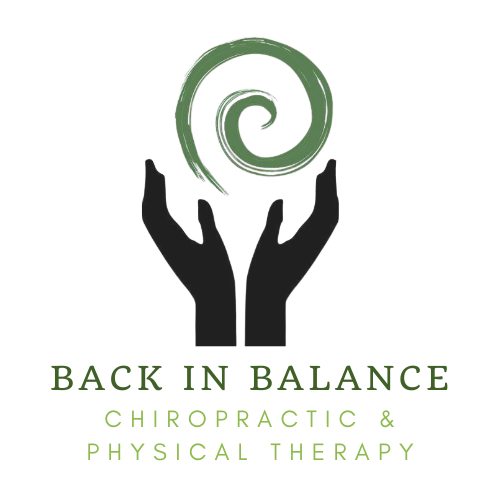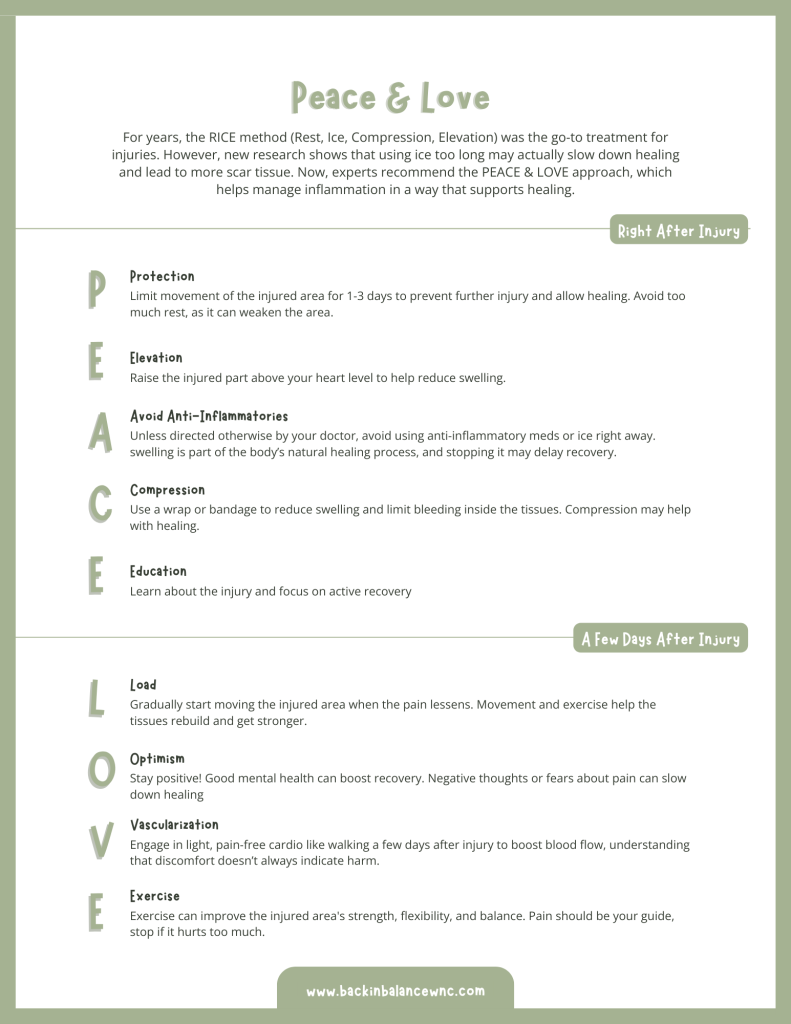Musculoskeletal injuries often prompt a common question: should you use heat or cold therapy? Both methods play vital roles in managing pain and supporting recovery, but their effectiveness depends on the injury type and timing. Understanding their unique benefits can help you choose the right approach for optimal healing.
Ice Therapy: When and Why to Use It
Cold therapy, also known as cryotherapy, is a go-to option immediately after an acute injury. Its primary goals are to reduce inflammation, control swelling, and provide pain relief. By decreasing blood flow and metabolic activity, ice can limit tissue damage and soothe discomfort.
When to Use Ice Therapy
- Acute Injuries: Ideal for sprains, strains, and contusions within the first 6–12 hours post-injury.
- Migraine Relief: Cold packs or gel headbands applied to the forehead or neck can help alleviate migraines.
- Post-Surgery Recovery: Studies support cold compression therapy for better pain management after knee replacements.
- Gout Flare-Ups: While research varies, cold therapy is commonly used to ease inflammation during rheumatologic flare-ups.
How to Use Ice Therapy
Apply ice packs or cold compresses for 10–20 minutes, ensuring a barrier (like a cloth) between the ice and skin to prevent frostbite. Avoid prolonged use, as extended cooling may delay recovery by impairing the body’s natural repair processes.
Heat Therapy: When and Why to Use It
Heat therapy is best suited for chronic or subacute pain. It increases blood flow, relaxes muscles, and improves tissue flexibility, making it particularly helpful for ongoing discomfort and stiffness.
When to Use Heat Therapy
- Lower Back Pain: Effective for acute, subacute, and chronic phases of back pain.
- Chronic Conditions: Suitable for tendinosis, osteoarthritis, and other long-term pain issues.
- Pre-Exercise Preparation: Applying heat before workouts can enhance flexibility and reduce injury risk.
- Menstrual Pain: Heat therapy is a widely accepted method for relieving dysmenorrhea symptoms.
How to Use Heat Therapy
Apply heat for up to 30 minutes using moist heat packs, heating pads, or warm baths. Keep the temperature around 104°F (40°C) for safe, effective relief. Avoid heat in cases of acute injury, open wounds, or conditions that may exacerbate inflammation.
The Evolving Perspective on Heat and Cold Therapy
Traditional methods like the RICE protocol (Rest, Ice, Compression, Elevation) are now being reconsidered. Experts suggest a more balanced approach, emphasizing the importance of controlled inflammation for recovery. For instance, the PEACE & LOVE framework highlights protection, elevation, and gradual reintroduction of movement as key steps for healing.
Both heat and ice therapy have their place in injury management, but understanding their mechanisms ensures you use them effectively. For personalized recommendations tailored to your condition, consult with us at your next appointment– BOOK HERE!




